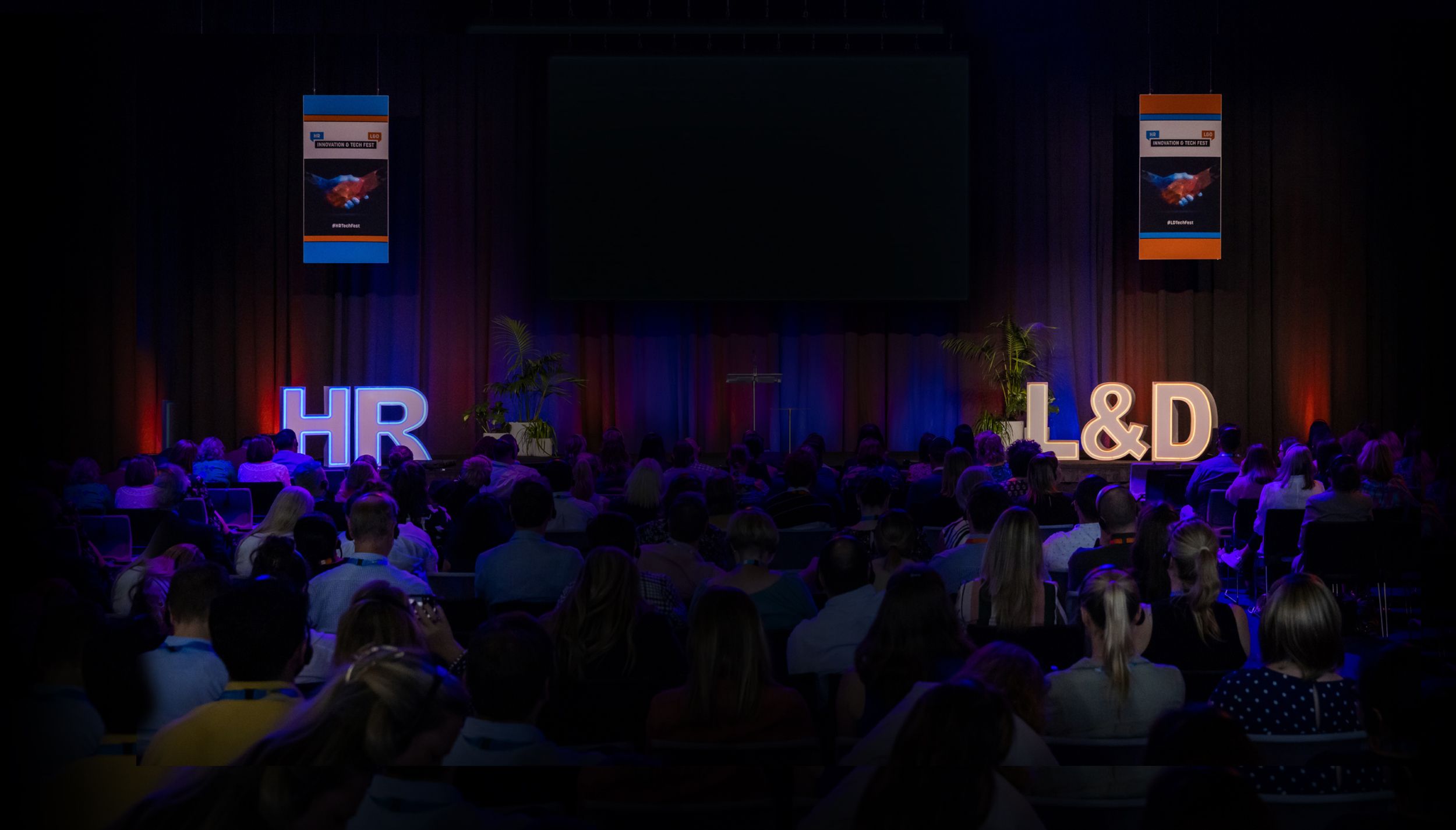Employee Experience: Preparing for the Workplace of the Future
)
Employee engagement has been an HR buzzword for many years, but employee experience is a relatively new field.
In this context ‘experience’ refers to the totality of employee experiences within the organisation; how staff feel about colleagues, management, KPIs and company culture.
The evaluation of both engagement and experience in the workplace has recently been disrupted by the emergence of big data and user-friendly tools. HR professionals are running increasingly sophisticated software, no longer dependent on the IT department to gather and process data for them.
In this blog, we look at employee experience and engagement, the impact of cloud-based tools on HR, and how a major Melbourne utility used a new HR platform to align employees’ goals with its own.
Engagement and psychological investment
Engagement is a word that’s used a lot in HR. To an extent, it’s tied in to organisational goals and culture, because engagement is the level of an employee’s psychological investment in the organisation.
It’s easy to assume that people who are happy are engaged, but it’s not always the case. You can be happy, but not engaged. The key is alignment between company and individual goals.
Staff engagement surveys can give an organisation a sense of how it is serving its employees. But organisations need to decide the overall goals they want to achieve before they can engage their staff.
The impact of the cloud on evaluating employee experience
The IT department is no longer solely responsible for providing all the resources and tools used in HR – databases, interfaces, report generation. These tools are how we reach in and find out about employee experience, and thanks to the cloud, they have become much more user-friendly and independent.
When it comes to evaluating the employee experience, one of the challenges is harnessing the power of social and mobile devices. Tools and surveys can exist on employees’ own devices, and can be accessed outside of business hours. Evaluation no longer seems imposed – a chore dictated from above. It’s a personal choice.
So the workforce has become extremely diverse in terms of how it interacts with its employers. HR needs to acknowledge this and provide the new tools that the workforce has come to expect as part of the workplace ecosystem.
Case Study: Melbourne Water – aligning goals and values
Melbourne Water wanted to enable and empower its 1,000 employees to own their career and professional development. Three years ago, a survey found only 22% of employees felt the performance appraisal system was effective. This signified an immediate need for change.
After implementing a more sophisticated HR system, employees can now monitor their own personal performance goals and organise regular “check in’s” with their manager. These goals are aligned with their business group goals, which are in turn aligned to Melbourne Water’s corporate goals.
The POD system is the secret behind the change. POD stands for Performance, Opportunity and Development.
‘Performance’ requires management to evaluate how staff are living Melbourne Water values, and how they are using their strengths to achieve their performance goals.
‘Opportunity’ involves asking what talent development activities staff are engaged in to move into their next role. It’s about looking at pathways within the organisation.
‘Development’ means evaluating whether staff are building capabilities they need to develop in their current role, and what actions they are taking for career development.
After one year, a performance evaluation on June 30, 2017 found:
- 94% of all employees have goals in POD
- 90% completed an end of year POD review
- 70% have development plans registered in POD
Feedback from Melbourne Water staff is now more positive, showing the improved experience that happens when staff take ownership of their own evaluations.
Important for the future?
Performance management used to have negative connotations – the once-yearly inquisition motivated mainly by corporate compliance. In contrast, HR is now driving processes that make the old-style performance evaluation obsolete.
Continuous development through personal mobile devices means HR can now allocate a personalised package of support for everyone. Engagement increases as performance monitoring becomes both more relevant and more self-driven.
The monolithic nature of organisational structure is being broken down, the successor is smaller and more agile.
The new approach allows organisations to move from performance management to people development. Big data and computer programs are, paradoxically, allowing HR professionals to apply a more human, empathic approach in the workplace.
This blog was written by Olivier Pestel from Cornerstone OnDemand, partners of the HR Innovation & Tech Fest 2017.
About the author: Olivier Pestel is Senior Director, Solution Consulting & Business Development, APJ Solution Consulting for Cornerstone OnDemand.


